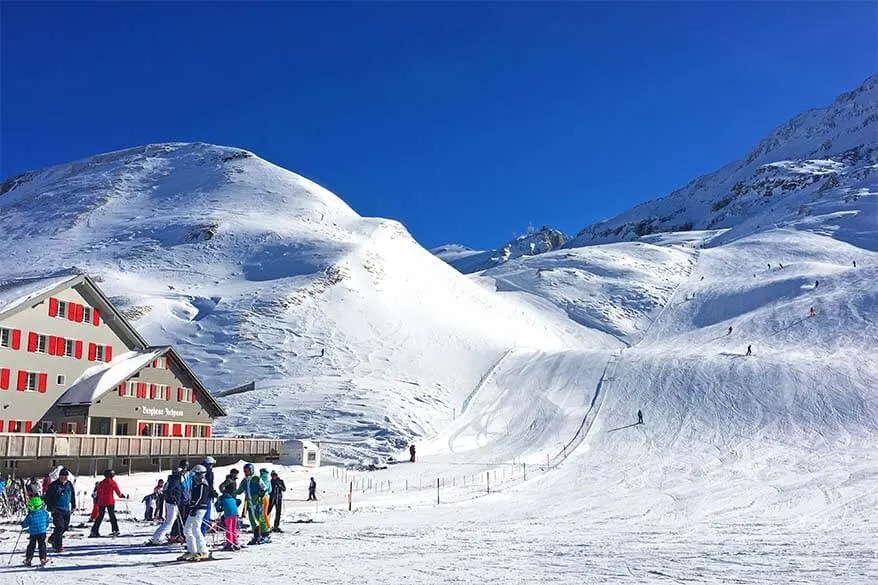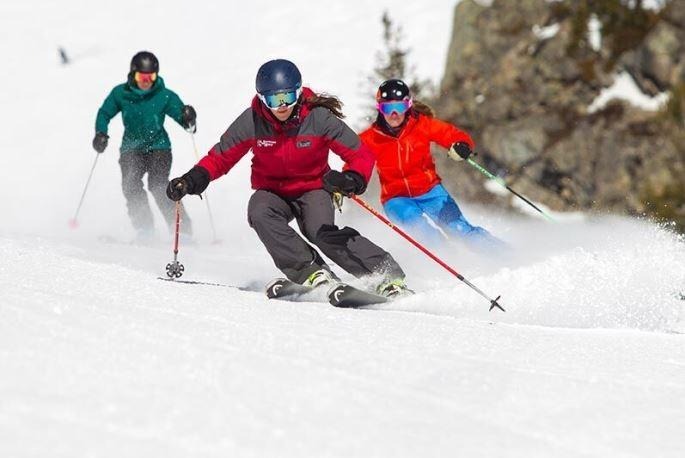
Skiing in Switzerland may not be budget-friendly overall, but the Jungfrau region, boasting rapid slopes and extensive toboggan runs, stands as a delightful exception.
As a skier mindful of my budget, Switzerland seldom captures my attention. Although destinations like St. Moritz, Zermatt, and Verbier boast top-notch resorts, I’ve presumed their costs match their prestige. Opting for my last ski adventure in the economically friendly Andorra reinforced my choice. A glance at the Post Office’s yearly ski resort report validated my assumptions: Switzerland consistently ranks as Europe’s most expensive destination, while Bulgaria, Italy, Austria, and Andorra provide more budget-friendly skiing options.
Then, I learned about Interlaken. This lakeside town, renowned for its summer appeal, serves as the gateway to the Jungfrau ski region and offers more affordable accommodations compared to the region’s ski resorts, Wengen and Grindelwald. Since December 2020, accessing the slopes from Interlaken has become much more convenient. A brief train journey from Interlaken Ost station connects to the modern Grindelwald Terminal building, equipped with equipment rental and storage facilities. From there, a swift 15-minute ride on the state-of-the-art Eiger Express cable car takes skiers to the pistes, slashing the travel time by 47 minutes.
Grindelwald-Wengen boasts 160km of pistes with altitudes reaching up to 2,500 meters and a breathtaking backdrop featuring three iconic mountains: the Maiden (Jungfrau), the Monk (Mönch), and the Ogre (Eiger). Following a morning exploring blue and red runs, we decided to conquer its renowned black run, the legendary Lauberhorn. This World Cup downhill course spans nearly 5km, making it the longest on the circuit.
Since 1930, races have drawn crowds of up to 30,000 enthusiasts to this venue. The course record stands at 2 minutes and 24 seconds, with a remarkable top speed of 161.9km/h (100mph). Quite a thrill!
Following the annual race weekend in January, the Lauberhorn becomes accessible to the public. Skiers have the opportunity to capture photos at the starting hut and gauge their speed at the check, offering a chance to compare themselves to the professionals. Needless to say, breaking any records is not on my agenda. Although I successfully navigated the descent without any falls, it took me at least ten times longer than the racers. On the bright side, the extended duration allowed me to savor the breathtaking views along the way.
When it comes to breathtaking views, another essential experience in the Jungfrau region is a journey to the highest railway station in Europe, situated at 3,454m – Jungfraujoch. Accessible via the Jungfrau line, which tunnels through the Mönch and the Eiger, this remarkable engineering marvel dates back to 1912 and has become more easily reachable thanks to the Eiger Express connection. At the summit, three restaurants, an Ice Palace, and expansive panoramas await visitors on the Sphinx and Plateau viewing platforms – on clear days, that is; during our visit, all we could witness was a snowstorm.

For those seeking non-skiing activities, options include winter hiking with over 100km of trails and exhilarating sledging. The 20-plus toboggan routes feature one recognized as the world’s longest at 15km. The Big Pintenfritz route, not for the faint-hearted, requires a roughly two-and-a-half-hour trek on foot, towing your sled behind you. Additionally, night sledging trails add an extra thrill. True adrenaline enthusiasts might want to try the First Flyer and First Glider, 800m ziplines that reach speeds of up to 84km/h.



